SOURCE: IDRW.ORG


The Indian Air Force (IAF) is forging ahead with an ambitious and innovative operational strategy known as the “Wolf Pack” concept, a transformative approach to air combat that integrates cutting-edge technology with tactical ingenuity. At its core, the “Wolf Pack” envisions a dynamic battlefield ecosystem where manned 4.5th- and 5th-generation fighter aircraft serve as the “Wolf”—commanding mother ships—while a diverse “Pack” of manned and unmanned aircraft, helicopters, munitions, and loitering assets operates in unison to dominate the skies. This concept, still in development as of April 2025, reflects the IAF’s commitment to evolving into a fully network-centric force capable of multi-role operations in an increasingly contested aerospace domain.
In the “Wolf Pack” framework, the “Wolf” refers to advanced manned platforms—specifically 4.5th-generation jets like the Tejas Mk1A and Rafale, and eventually 5th-generation stealth fighters such as the Advanced Medium Combat Aircraft (AMCA), slated for induction by the mid-2030s. These aircraft act as the nerve center of the operation, equipped with sophisticated avionics, Active Electronically Scanned Array (AESA) radars, and real-time data-link systems. Their role is to orchestrate missions, leveraging superior situational awareness to direct the “Pack” while engaging high-value targets themselves. The manned element ensures human decision-making remains at the helm, a critical factor in complex, high-stakes scenarios where adaptability and intuition are paramount.
Continue readingSOURCE: IDRW.ORG


The Indian Air Force (IAF) has issued a call for the development of an advanced ground-based Signal Intelligence (SIGINT) system to address the limitations of current systems in hilly terrain, where inadequate Line of Sight (LOS) hampers the ability to triangulate adversary sensors. Announced on April 3, 2025, the proposed system will be mounted on a compact 4×4 all-terrain vehicle, equipped with a smart sensor for tactical Electronic Intelligence (ELINT) and a micro Electronic Support Measures (ESM) system onboard drones. This innovative solution aims to enhance the IAF’s ability to gather critical intelligence in challenging environments, such as the mountainous regions along India’s northern borders, ensuring real-time situational awareness and improved electronic warfare capabilities.
The IAF highlighted the shortcomings of existing ground-based SIGINT systems, stating, “Presently, ground-based Signal Intelligence (SIGINT) systems have restricted capabilities in hilly terrain and are unable to triangulate the adversary’s sensors due to inadequate Line of Sight.” In regions like the Line of Actual Control (LAC) with China or the Line of Control (LoC) with Pakistan, where rugged terrain and high altitudes dominate, traditional SIGINT systems struggle to detect and locate enemy radar, communication systems, and other electronic emissions. The new system is designed to overcome these challenges by combining a mobile, all-terrain platform with drone-based sensors, providing a flexible and robust solution for intelligence gathering in contested environments.
Continue readingSOURCE: AFI
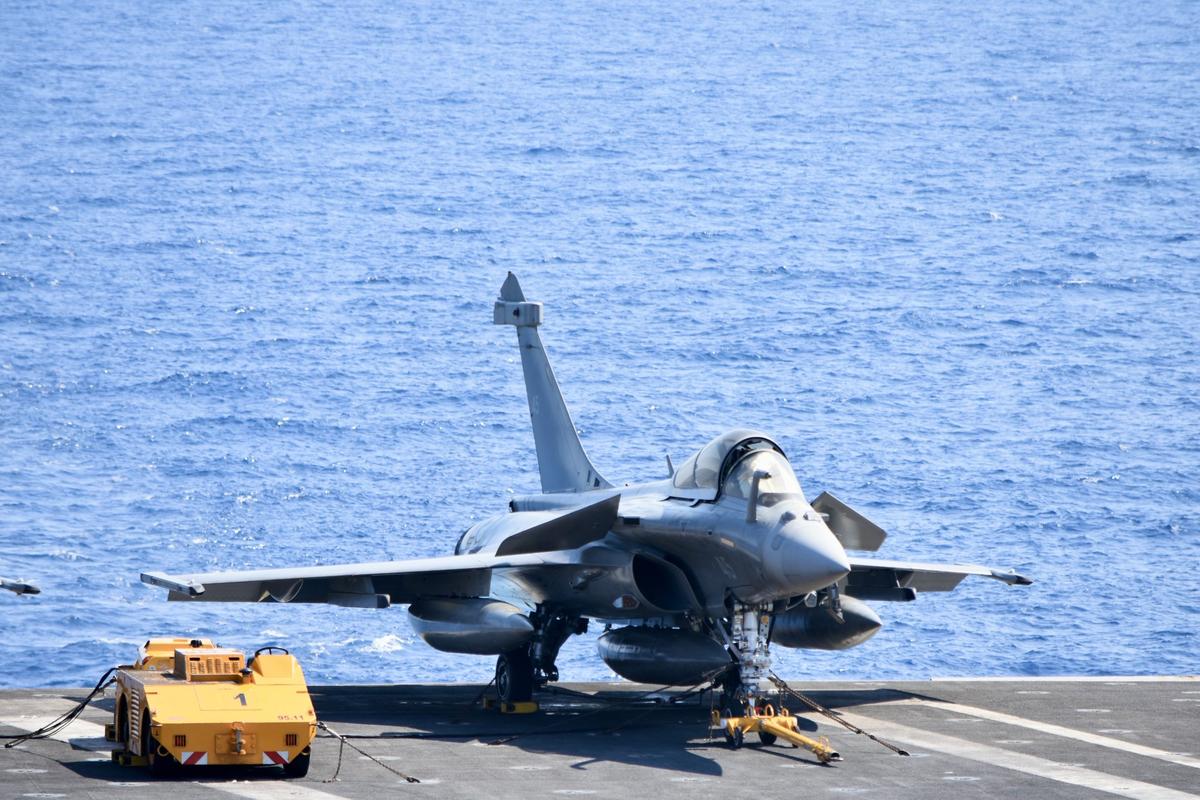

In a landmark decision to strengthen the Indian Navy’s maritime strike capabilities, the Cabinet Committee on Security (CCS), chaired by Prime Minister Narendra Modi, has approved a ?63,000 crore government-to-government deal with France to procure 26 Rafale Marine (Rafale-M) fighter jets from Dassault Aviation. The contract, cleared on April 8, 2025, marks India’s largest-ever fighter jet acquisition and is set to enhance the Navy’s operational prowess in the Indian Ocean Region (IOR), particularly amid growing Chinese naval activity. However, the deal also raises questions about India’s long-term self-reliance goals and the strategic implications of continued reliance on foreign defense imports.
The contract includes 22 single-seater Rafale-M jets and four twin-seater trainer variants, designed specifically for carrier-based operations. These jets will be deployed on India’s indigenous aircraft carrier, INS Vikrant, and will complement the Navy’s existing fleet of Russian-origin MiG-29K jets, which currently operate from INS Vikramaditya. The Rafale-M, a 4.5-generation omnirole fighter, is engineered for Short Take-Off But Arrested Recovery (STOBAR) operations, featuring a reinforced undercarriage, strengthened landing gear, and a corrosion-resistant airframe to withstand the harsh maritime environment. The jets can carry 9.5 tonnes of weapons, including air-to-air, air-to-ground, and anti-ship munitions, making them a formidable asset for both offensive and defensive missions.
Continue readingSOURCE: AFI
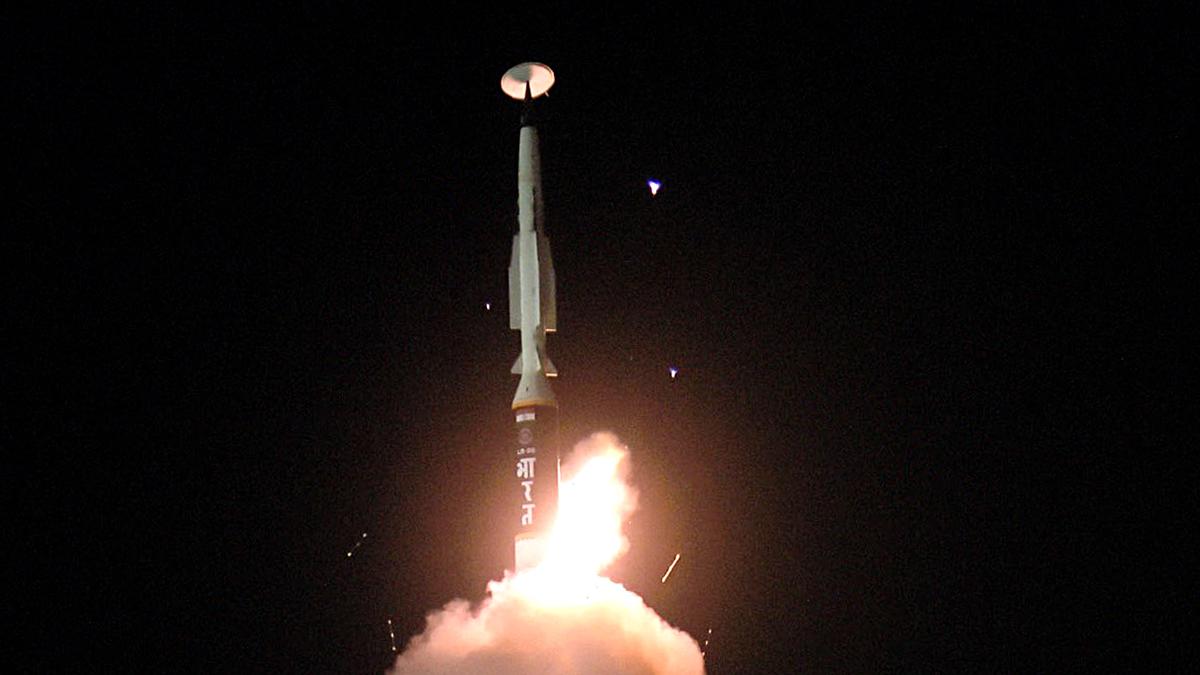

In an era of shifting power dynamics in the Indo-Pacific, a Japanese think tank has put forth a bold proposition: India and Japan should jointly develop a long-range tactical strike capability, with a range of 2,000 to 3,000 kilometers, to establish a “shared deterrence” against China’s growing assertiveness. The report underscores that while the United States already wields Tomahawk cruise missiles and strategic bombers capable of striking Beijing, a collaborative Indo-Japanese effort could reshape the regional security architecture, offering a counterweight to China’s military ambitions.
The idea isn’t just a technical suggestion—it’s a strategic call to action. China’s rapid military modernization, from its hypersonic missiles to its expanding naval presence in the East and South China Seas, has rattled its neighbors. For Japan, the threat looms over its Senkaku Islands, contested by Beijing. For India, it’s the simmering tension along the Line of Actual Control (LAC) in the Himalayas, where the 2020 Galwan clash exposed the fragility of deterrence against a nuclear-armed rival. The think tank’s report argues that a joint long-range strike capability would give both nations the means to hold Chinese military assets at risk, enhancing deterrence without relying solely on the U.S. security umbrella.
Continue readingSOURCE: AFI


The Indo-Pakistani War of 1965 remains one of South Asia’s most debated conflicts, a 17-day clash that left thousands dead, tanks in ruins, and borders redrawn—only to be reset by the Tashkent Declaration. Recently, allegations have surfaced that Pakistani editors have altered the war’s Wikipedia page, introducing “neutral claims” that significantly revise casualty figures, equipment losses, and territorial outcomes.
These edits—purporting to reflect impartial estimates—list Pakistan with lower losses and India with higher ones compared to traditional accounts. But how do these numbers stack up against historical evidence? Let’s dive into the claims and fact-check the narrative.
Continue readingSOURCE: AFI
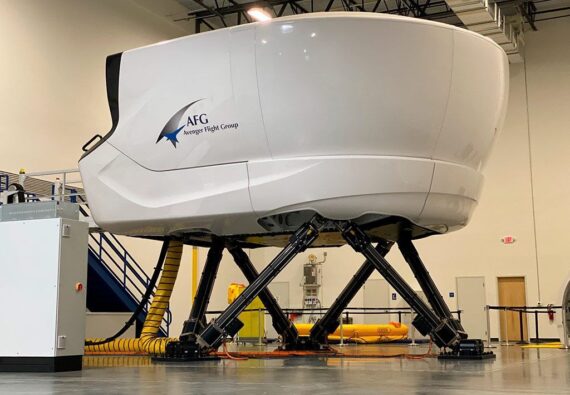

In a significant step towards self-reliance in aviation technology, India unveiled its first domestically developed Airbus A320 flight simulator at an inauguration ceremony in Pune. The event, presided over by the Minister of State (MoS) for Civil Aviation, Murlidhar Mohol, marks a milestone in the country’s efforts to bolster its aerospace capabilities and reduce dependence on imported training systems.
The state-of-the-art simulator, designed and built by Indian engineers, replicates the cockpit and flight dynamics of the Airbus A320, one of the most widely used commercial aircraft globally. This indigenous innovation is expected to enhance pilot training programs across India, offering a cost-effective and locally tailored solution for airlines and aviation academies. The facility, located in Pune—a city increasingly recognized as a hub for technological advancement—demonstrates India’s growing prowess in high-tech manufacturing.
Continue readingSOURCE: AFI
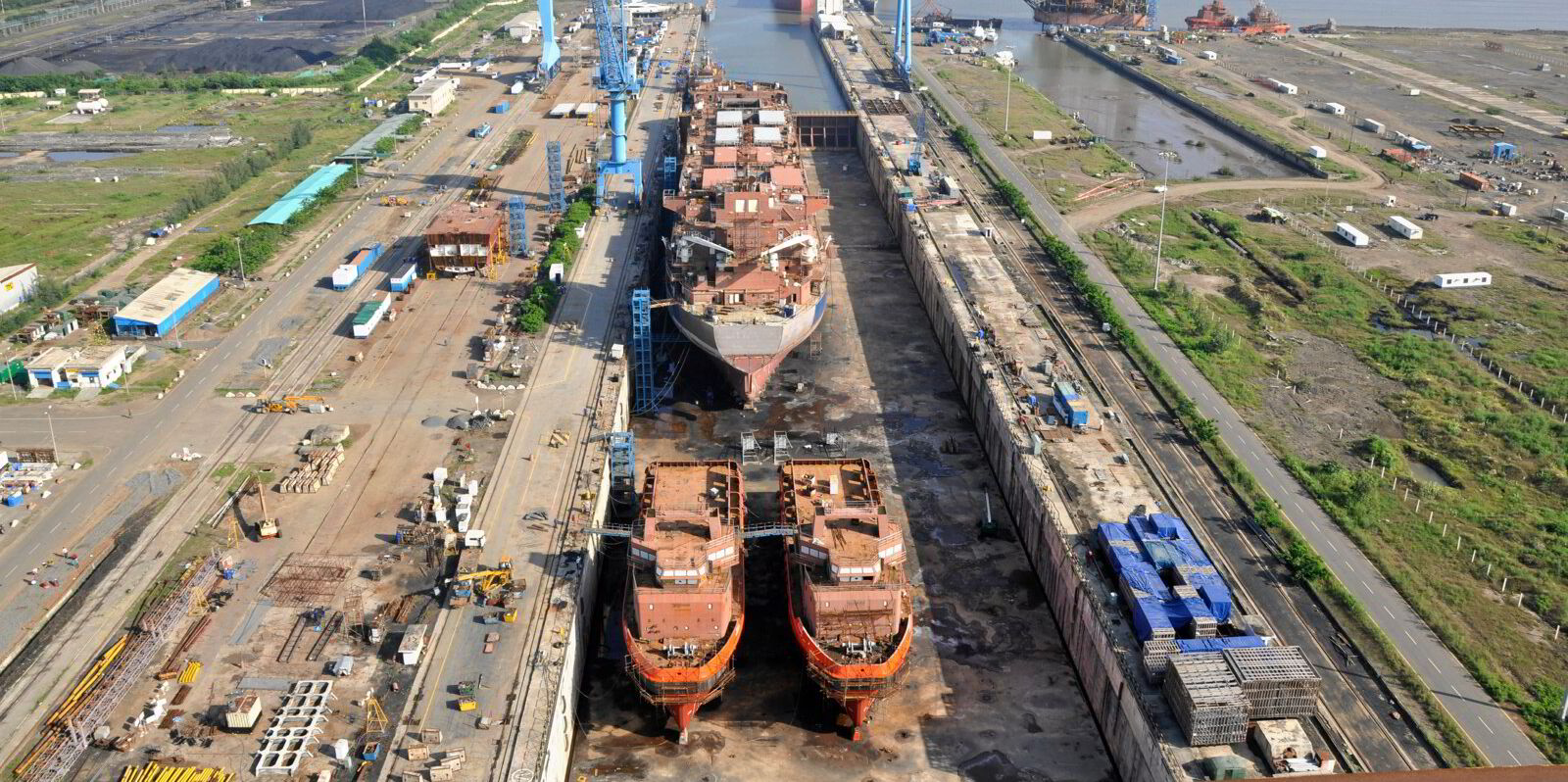

In a move set to redefine India’s maritime landscape, Garden Reach Shipbuilders & Engineers Ltd. (GRSE), a titan in defense shipbuilding, has inked a strategic Memorandum of Understanding (MoU) with Swan Defence and Heavy Industries Ltd. on April 7, 2025. Signed at GRSE Bhavan in Kolkata, this partnership aims to turbocharge indigenous commercial shipbuilding, aligning seamlessly with the Indian government’s “Aatmanirbhar Bharat” (Self-Reliant India) vision. It’s a bold step toward not just meeting domestic needs but also carving a niche in the global maritime market.
This non-exclusive collaboration brings together two powerhouses with complementary strengths—GRSE’s decades of expertise in crafting warships and Swan Defence’s emerging prowess in maritime infrastructure. Together, they plan to design and construct commercial vessels and offshore structures, targeting both national priorities and international clients. The MoU, signed by GRSE’s Chairman and Managing Director, Commodore P.R. Hari (Retd.), and Swan Defence’s leadership, isn’t just about building ships—it’s about building an ecosystem. By pooling infrastructure, refining design capabilities, and streamlining project execution, the duo aims to deliver faster, more efficient solutions to a sector ripe with potential.
Continue readingSOURCE: PTI
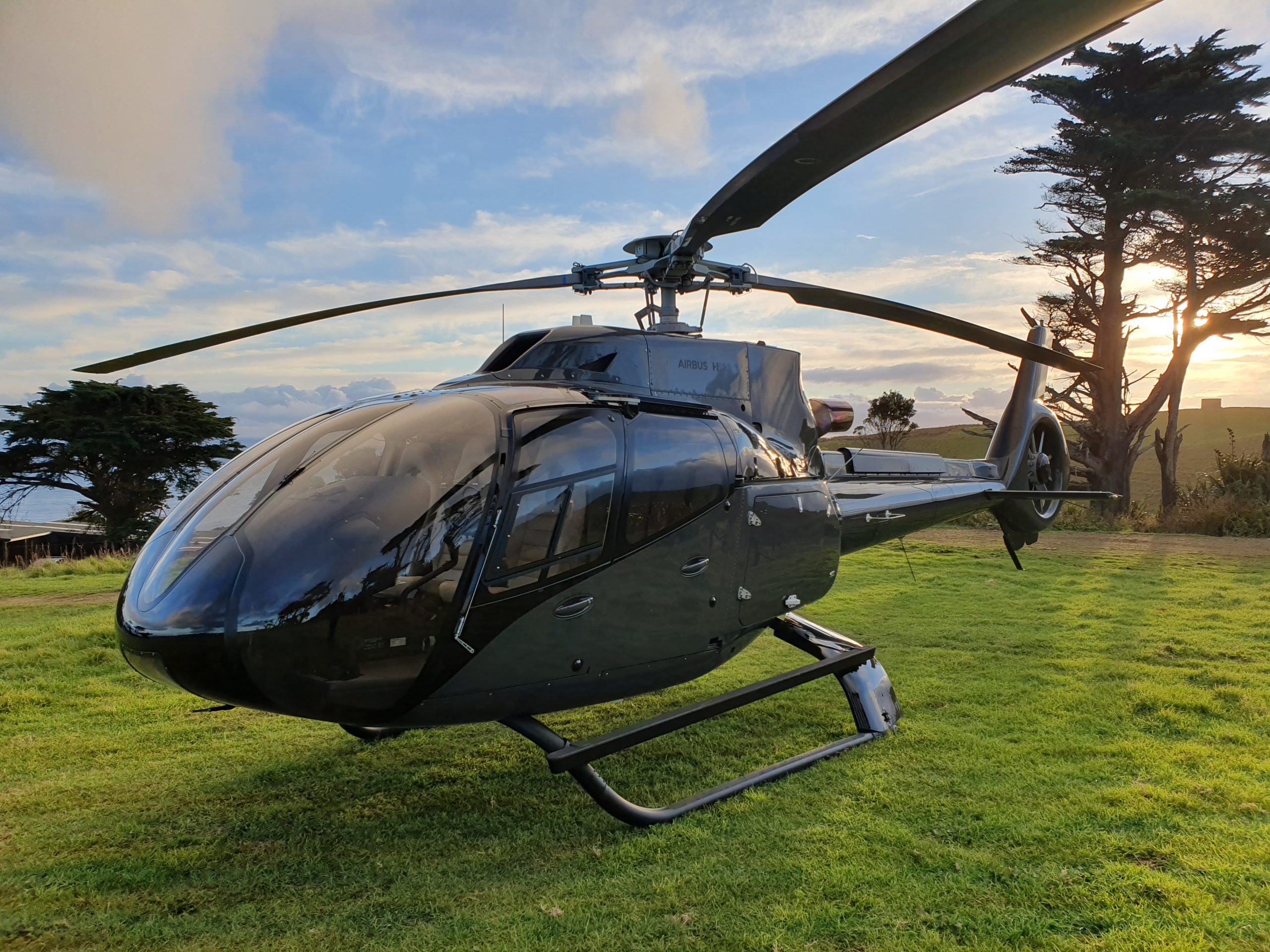

Mahindra Aerostructures, part of the diversified Mahindra & Mahindra group, will manufacture the fuselage for Airbus H130 helicopters in India. The company and Airbus have entered into a contract for making the fuselage for H130 helicopters, and the first fuselage is expected to be delivered in the first quarter of 2027.
At a function to mark the signing of the contract in the national capital on Wednesday, Rmi Maillard as President of Airbus India and Managing Director of the South Asia region, said Airbus will continue to invest in India.
Continue readingSOURCE: PTI

Russia has invited Prime Minister Narendra Modi to attend the May 9 celebrations marking the 80th anniversary of victory over Germany in World War II, Deputy Foreign Minister Andrey Rudenko has said. Moscow is expecting the Indian Prime Minister at the May 9 parade. The invitation has already been sent, and the visit is being worked out, Russian news agency Tass quoted Rudenko as saying.
“It’s being worked out, it should be this year. He has an invitation,” Rudenko said on Tuesday. Russia has invited leaders of several friendly nations to attend this year’s Victory Day parade.
Continue readingSOURCE: PTI

Mumbai terror attack accused Tahawwur Rana is expected to be extradited to India from the US “shortly”, sources have said.
According to government sources in India, a multi-agency team from India has gone to the US and all paperwork and legalities are being completed with US authorities. Sources said “very high possibility” that Rana “could be extradited shortly.”
Continue readingSOURCE: NASA


Work on the NISAR satellite has been completed at the Indian Space Research Organisation (ISRO) Satellite Integration and Testing Establishment in Bengaluru, and preparations are under way to transport it to the launch site at the agency’s Satish Dhawan Space Centre in Sriharikota on India’s southeastern coast.
NASA and ISRO now are reviewing potential launch dates for the NISAR (NASA-ISRO Synthetic Aperture Radar) mission.
Continue readingSOURCE: PTI
)

The government has terminated the trans-shipment facility that allowed export cargo from Bangladesh to third countries using Indian land customs stations en route to ports and airports, according to a government circular.
Indian exporters, mainly from the apparel sector, had earlier urged the government to withdraw this facility to the neighbouring country. The facility had enabled smooth trade flows for Bangladesh’s exports to countries like Bhutan, Nepal, and Myanmar. It was provided by India to Bangladesh in June 2020.
Continue readingSOURCE: PTI
)

Deposed Bangladesh prime minister Sheikh Hasina on Tuesday issued a stern warning against threats to ban her age-old Awami League, saying that the party is not a parasite or did not emerge with floodwaters.
Their (the interim government) audacity astonishes me, she said, in a virtual address to party workers and supporters from India, where she now lives after fleeing Bangladesh in August last year after her nearly 16-year-long Awami League government was toppled in a student-led uprising steered by Students Against Discrimination (SAD).
Continue readingSOURCE: ANI
)

Chief of Army Staff General (COAS) Upendra Dwivedi on Tuesday visited the Headquarters of the Vajra Division in Punjab’s Jalandhar where he was briefed in detail on the operational preparedness and capabilities of both the Vajra and Dagger Divisions.
During his visit, General Dwivedi assessed the ongoing readiness measures and was given a comprehensive overview of the strategic roles played by the two formations. The Vajra Division, headquartered in the Northern Command area, holds critical responsibilities along sensitive operational sectors, while the Dagger Division complements key defensive and offensive postures in the region.
Continue readingSOURCE: ANI
)

External Affairs Minister (EAM) S Jaishankar spoke on Wednesday and responded to the debate over Tariffs imposed by US President Donald Trump. Speaking at the News 18 Rising Bharat Summit, Jaishankar said that India’s strategy was clear and that it would engage with the United States on a bilateral trade agreement, which could conclude by the fall of this year.
When asked about India’s strategy for dealing with tariffs and their impact, the EAM said, “I don’t think it is possible to speak about the impact because we don’t know.”
Continue reading